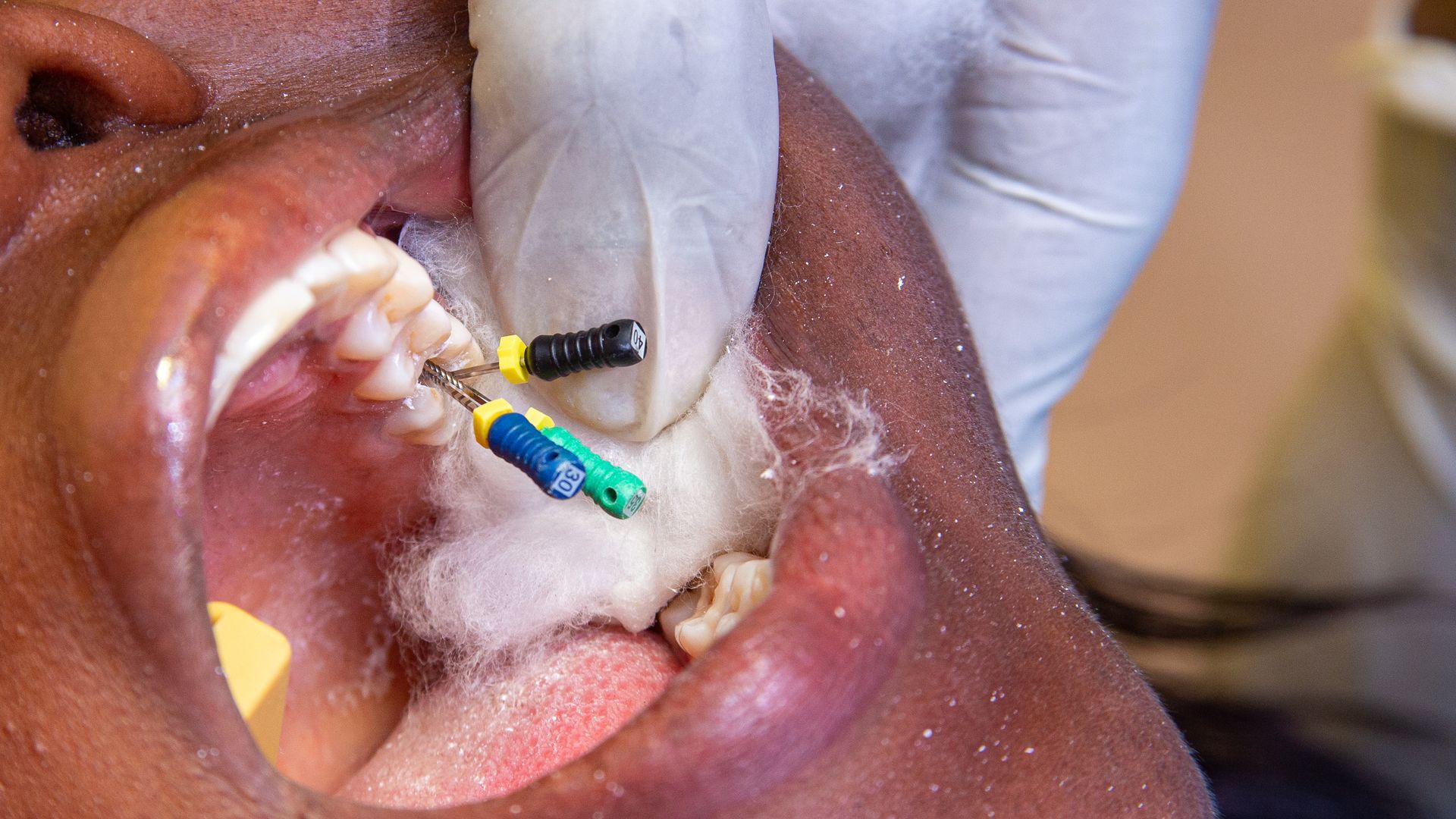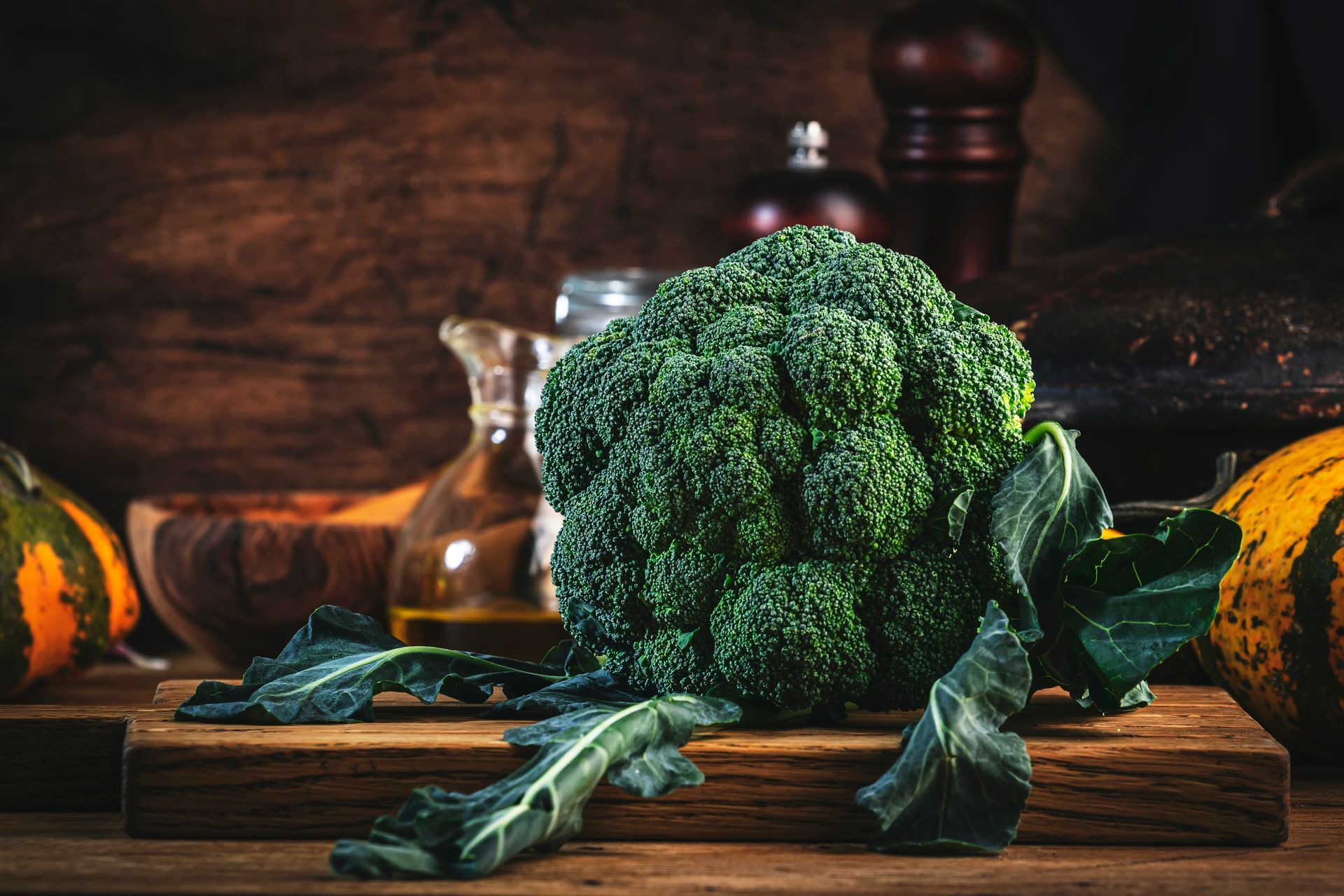Contact Us
We will get back to you as soon as possible
Please try again later
BLOG, PODCAST, & RESEARCH LIBRARY
Lyme disease is a complex and often misunderstood condition...

Lyme disease is a complex and often misunderstood condition caused by the bacterium Borrelia burgdorferi, typically transmitted through tick bites. One of the most challenging manifestations of Lyme disease is Lyme arthritis, a condition that can be mistaken for other forms of arthritis due to its similar symptoms. However, understanding the nuances of Lyme arthritis can help in identifying and managing this condition effectively.
What is Lyme Arthritis?
Lyme arthritis is an inflammatory condition that primarily affects the joints, particularly the knees. It is one of the late-stage symptoms of Lyme disease, often occurring months to years after the initial infection. Unlike other forms of arthritis, Lyme arthritis is directly linked to the presence of the Borrelia burgdorferi bacterium in the body.
Symptoms of Lyme Arthritis
The hallmark symptoms of Lyme arthritis include:
Joint Swelling: Significant swelling in the affected joints, often disproportionate to the pain experienced.
Intermittent Pain: Pain may come and go, often moving between different joints, but the knees are most commonly affected.
Stiffness: Joint stiffness, particularly in the morning or after periods of inactivity.
Warmth in Joints: The affected joints may feel warm to the touch, indicating inflammation.
Minimal Redness: Unlike other forms of arthritis, Lyme arthritis usually presents with minimal redness around the affected joints.
Differentiating Lyme Arthritis from Other Forms of Arthritis
While the symptoms of Lyme arthritis can mimic those of other types of arthritis, there are distinct differences that can aid in diagnosis:
History of Tick Exposure: A known history of tick bites or a diagnosis of Lyme disease is a significant indicator. If a person has spent time in areas known for ticks, this should be considered.
Episodic Nature: Lyme arthritis often has an episodic nature, with symptoms flaring up and then subsiding, which is less common in other types of arthritis like rheumatoid arthritis or osteoarthritis.
Response to Antibiotics: Lyme arthritis tends to respond well to antibiotic treatment, which is not effective for other types of arthritis.
Specific Joint Involvement: While Lyme arthritis can affect multiple joints, it predominantly targets large joints such as the knees. Rheumatoid arthritis, on the other hand, typically affects smaller joints in the hands and feet symmetrically.
Absence of Systemic Symptoms: Unlike rheumatoid arthritis, which often presents with systemic symptoms like fatigue and fever, Lyme arthritis is usually more localized to the joints.
Advancements in Diagnosis and Treatment
Recent advancements in the diagnosis and treatment of Lyme arthritis have made it easier to manage this condition effectively:
Enhanced Testing: Improved blood tests that detect antibodies against Borrelia burgdorferi help in confirming Lyme disease. PCR testing of synovial fluid can also detect the presence of Borrelia DNA in affected joints.
Antibiotic Therapy: Early treatment with antibiotics such as doxycycline or amoxicillin can prevent the progression of Lyme disease to Lyme arthritis. In chronic cases, intravenous antibiotics may be required.
Natural Remedies: Alongside conventional treatments, certain natural remedies and lifestyle adjustments can aid in managing symptoms. Anti-inflammatory diets, supplements like omega-3 fatty acids, and herbs such as cat’s claw and Japanese knotweed are being explored for their potential benefits.
Conclusion
Understanding the unique characteristics of Lyme arthritis is crucial for proper diagnosis and treatment. By recognizing the symptoms and differentiating them from other forms of arthritis, individuals can seek appropriate care and manage their condition effectively. The advancements in both conventional and natural treatments offer hope for those affected by Lyme arthritis, paving the way for better health and improved quality of life.
At Hansen Health Center, we are committed to providing comprehensive care for those dealing with Lyme disease and its complications. Our holistic approach integrates conventional and natural therapies to address the root cause and promote overall well-being. Stay informed, stay proactive, and take control of your health journey.










